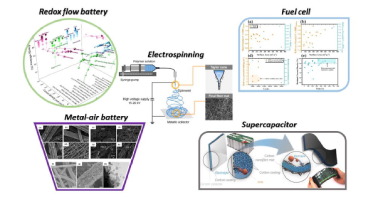Photoelectrochemical imaging system with high spatiotemporal resolution for visualizing dynamic cellular responses
Abstract
Photoelectrochemical imaging has great potential in the label-free investigation of cellular processes. Herein, we report a new fast photoelectrochemical imaging system (PEIS) for DC photocurrent imaging of live cells, which combines high speed with excellent lateral resolution and high photocurrent stability, which are all crucial for studying dynamic cellular processes. An analog micromirror was adopted to raster the sensor substrate, enabling high-speed imaging. α-Fe2O3 (hematite) thin films synthesized via electrodeposition were used as a robust substrate with high photocurrent and good spatial resolution. The capabilities of this system were demonstrated by monitoring cell responses to permeabilization with Triton X-100. The ability to carry out dynamic functional imaging of multiple cells simultaneously provides improved confidence in the data than could be achieved with the slower electrochemical single-cell imaging techniques described previously. When monitoring pH changes, the PEIS can achieve frame rates of 8 frames per second.

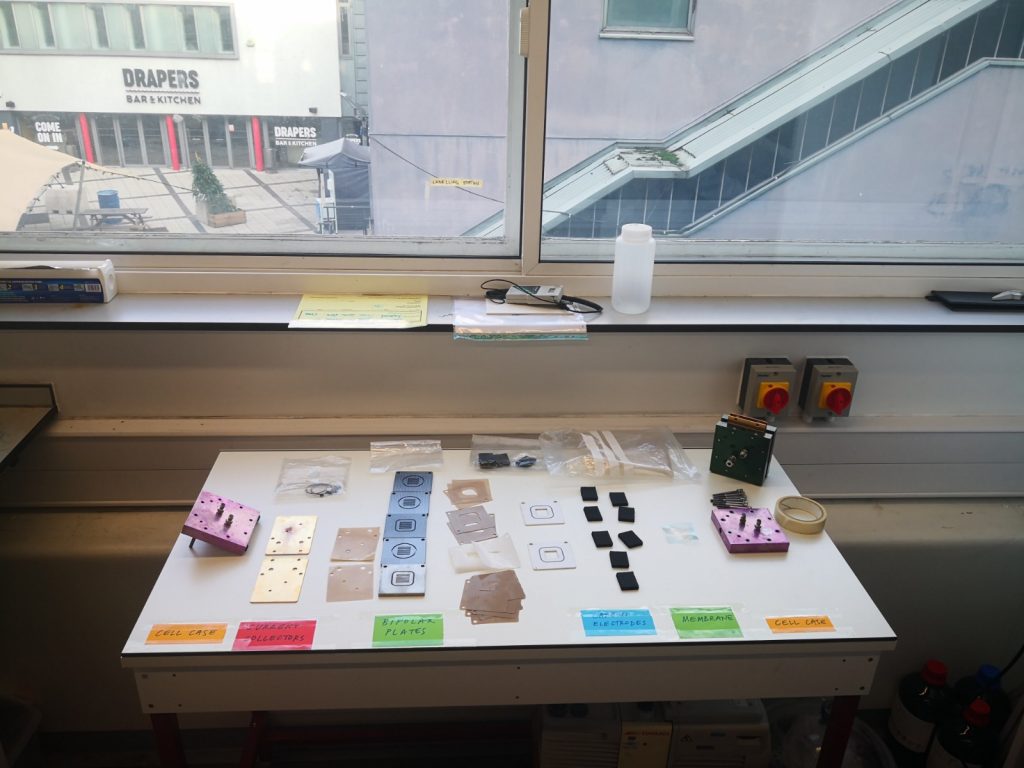
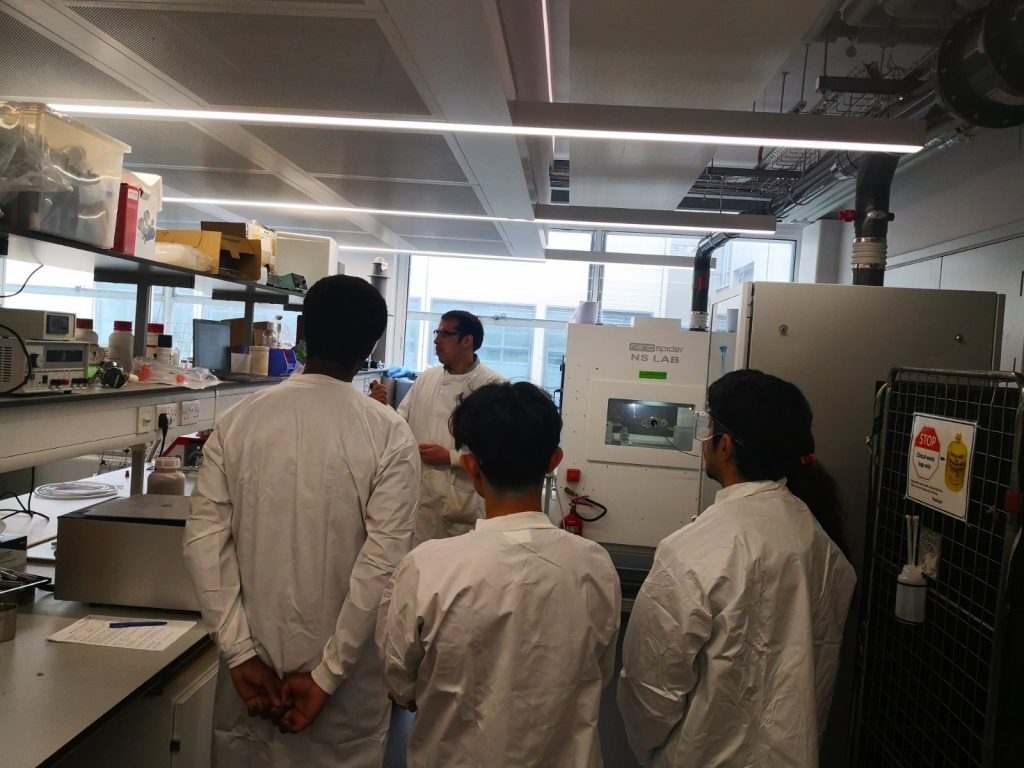
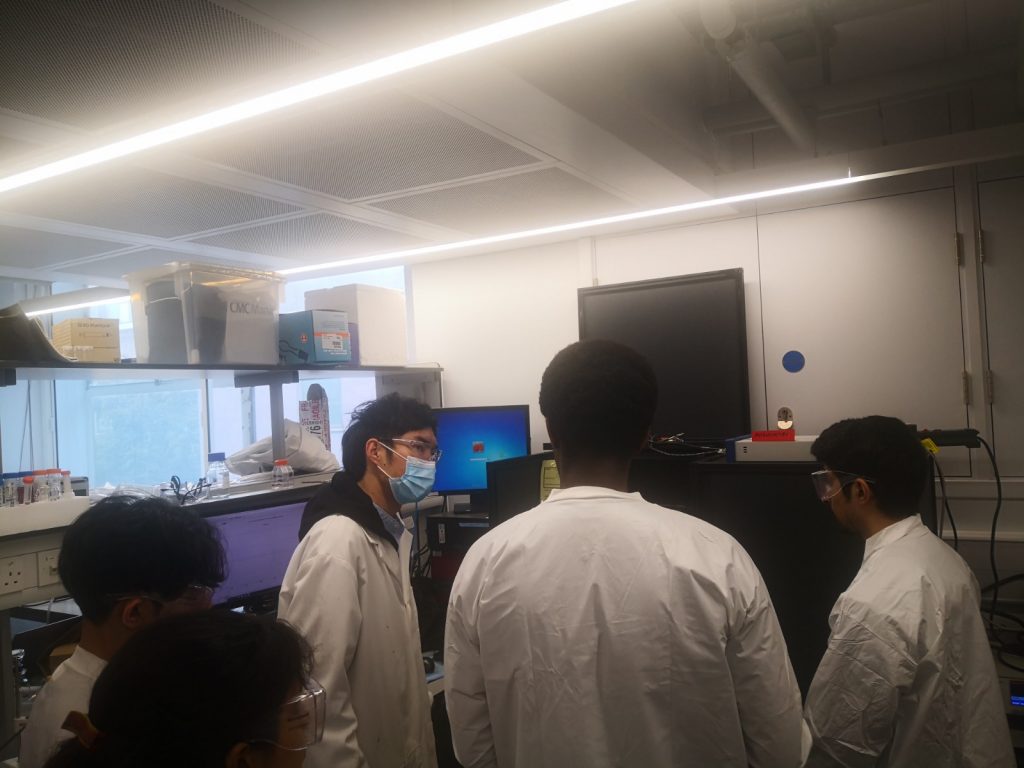


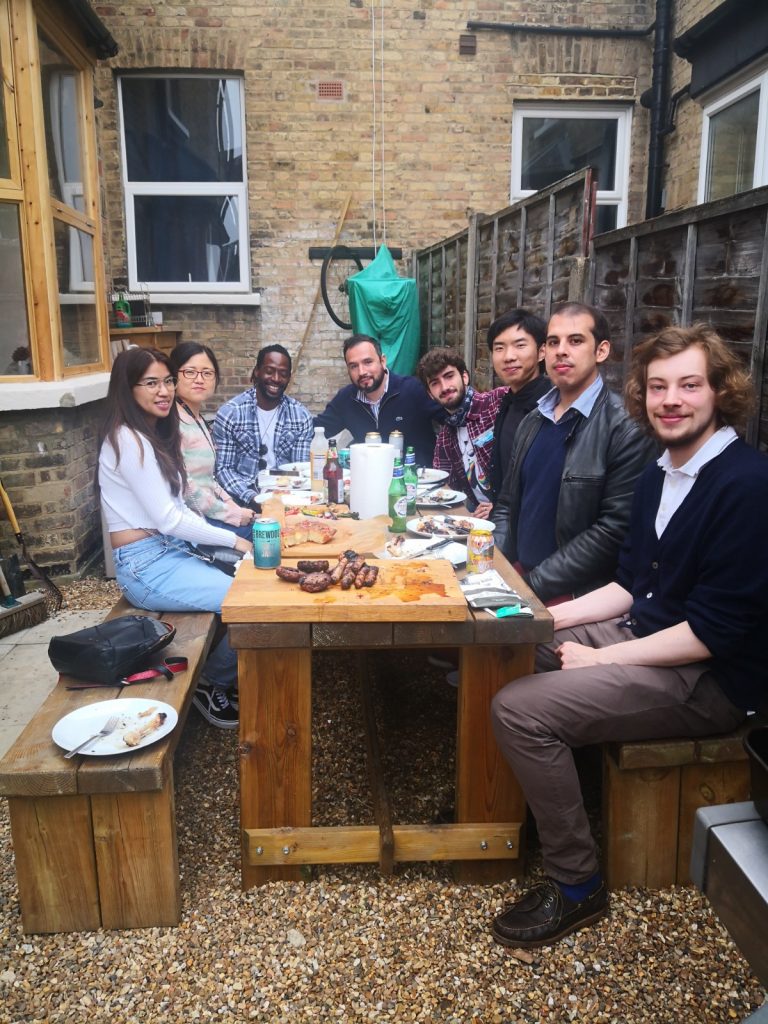

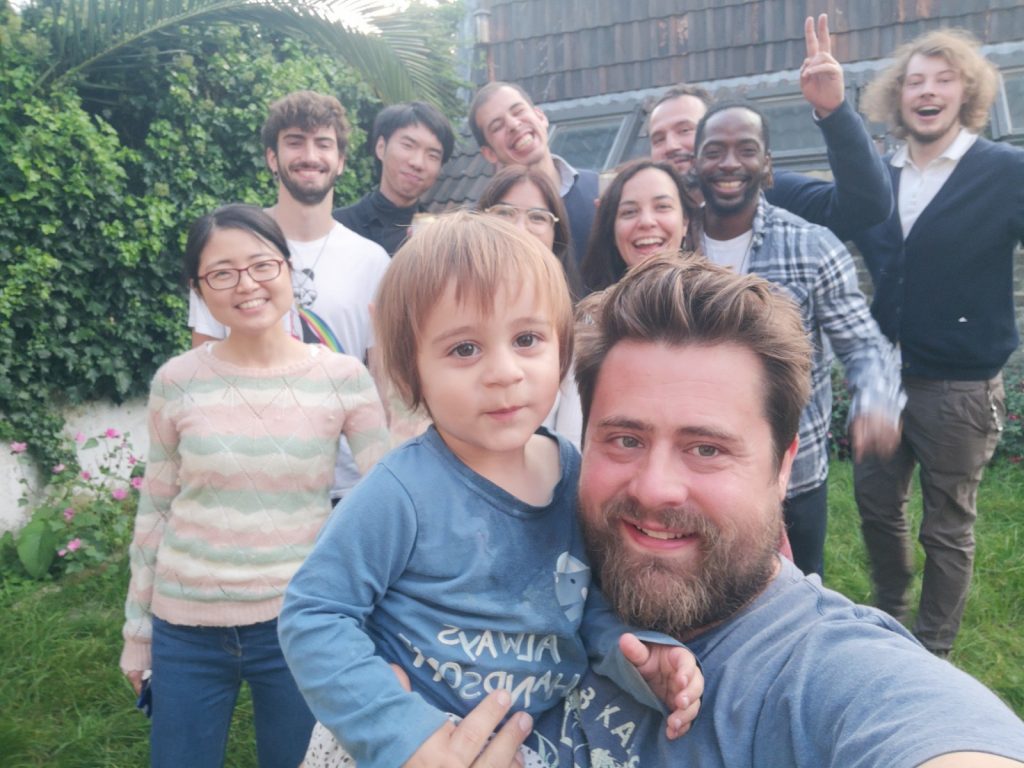
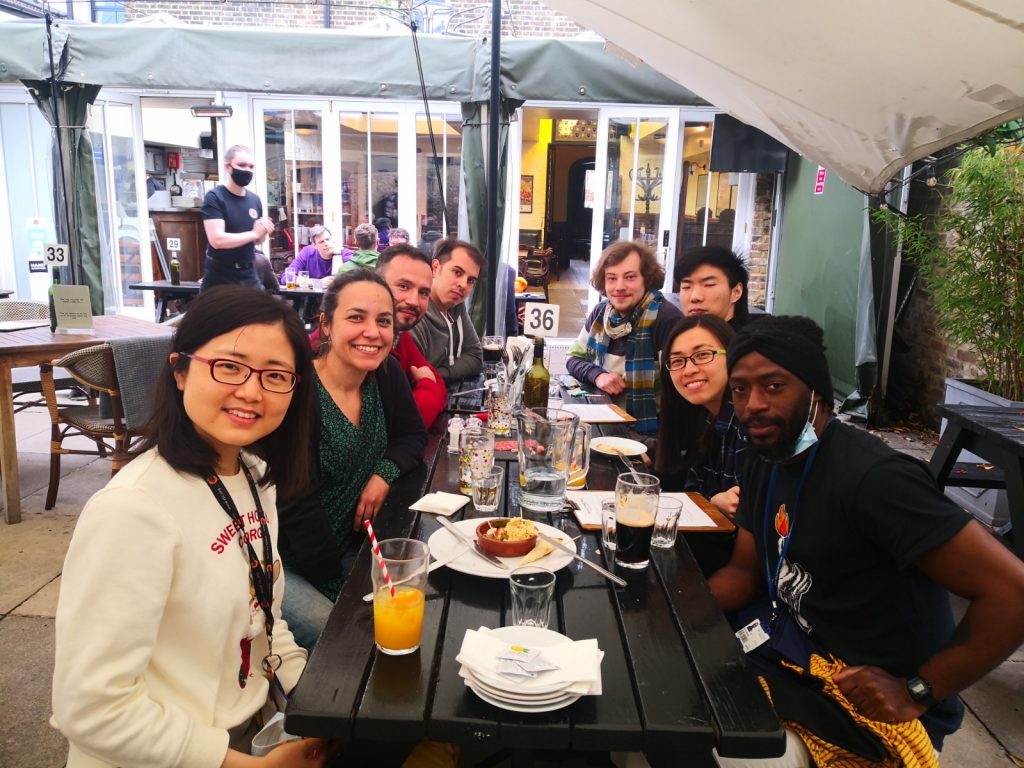
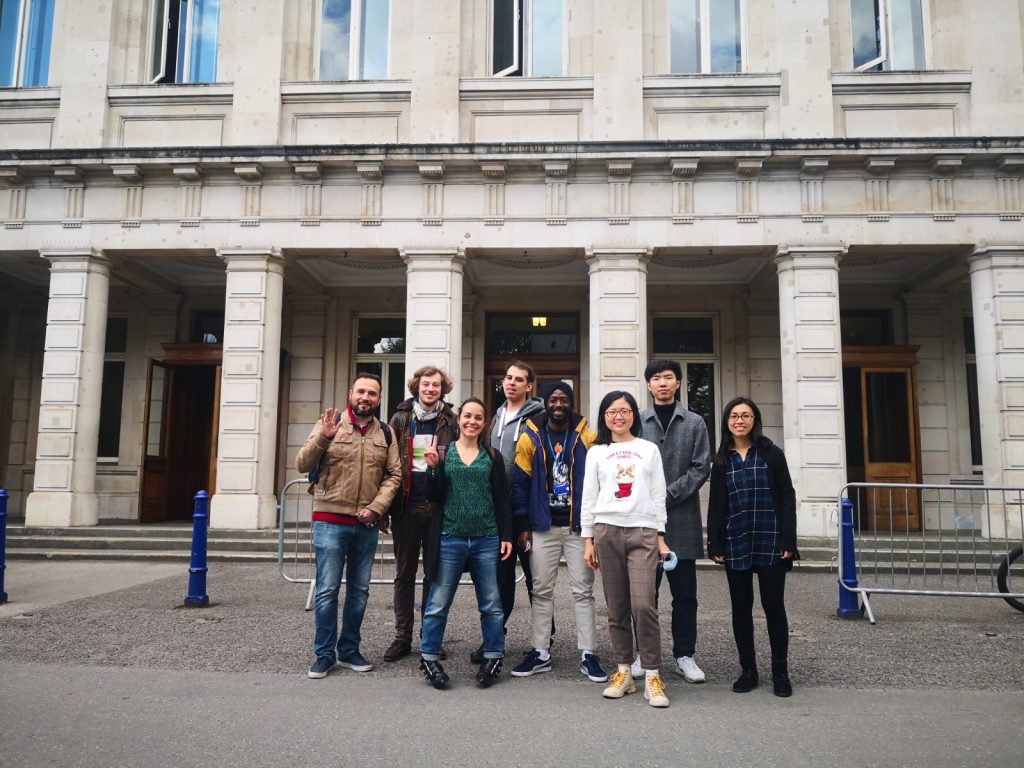
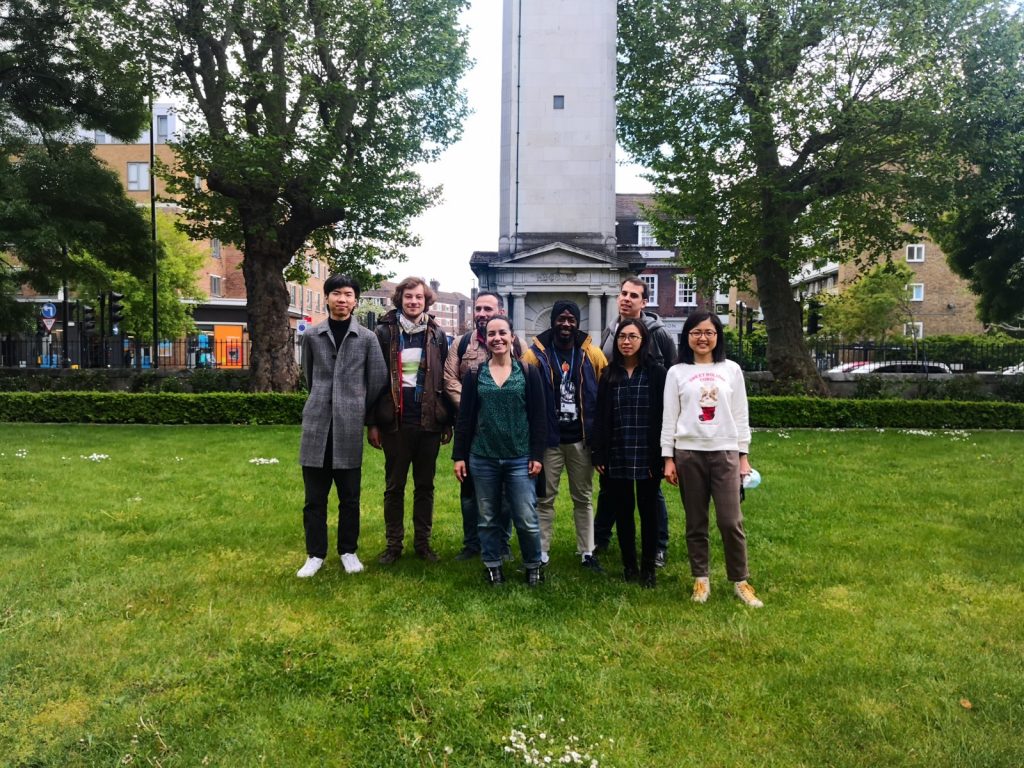
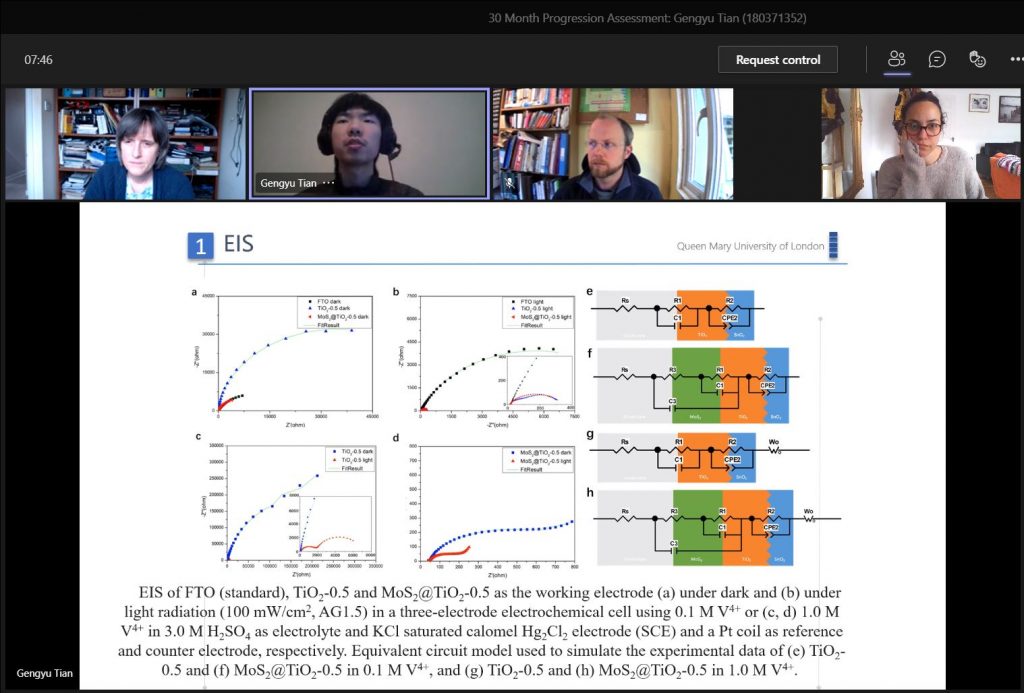
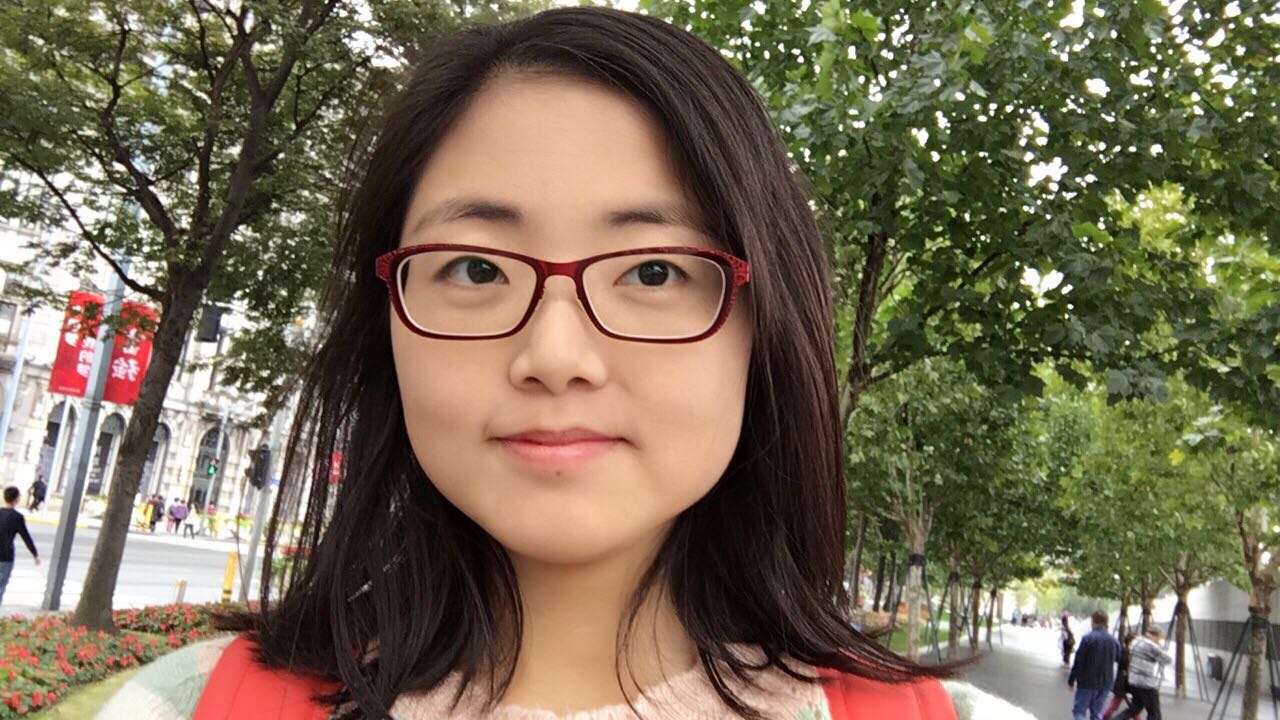
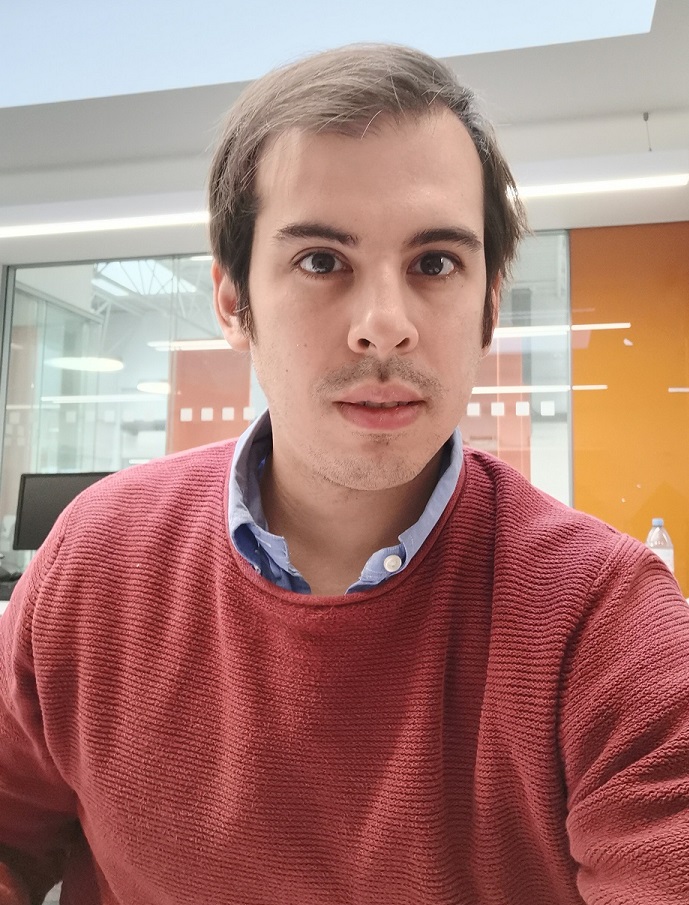

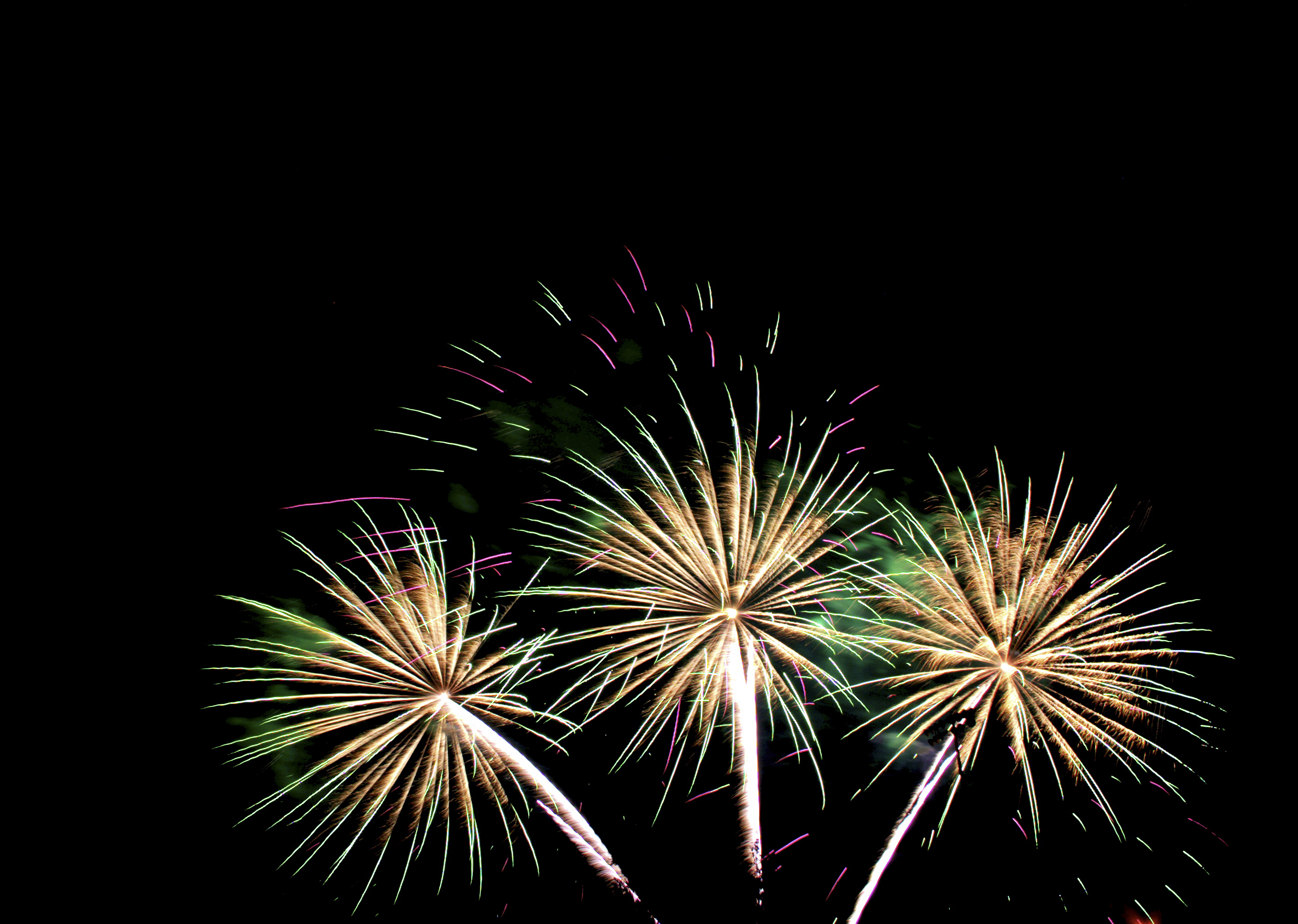 Ana has received a QMUL Faculty Research Excellence Award for her achievements in research in 2020, including her Future Leaders Fellowship to develop Sustainable Electrodes for Advanced Flow Batteries.
Ana has received a QMUL Faculty Research Excellence Award for her achievements in research in 2020, including her Future Leaders Fellowship to develop Sustainable Electrodes for Advanced Flow Batteries.